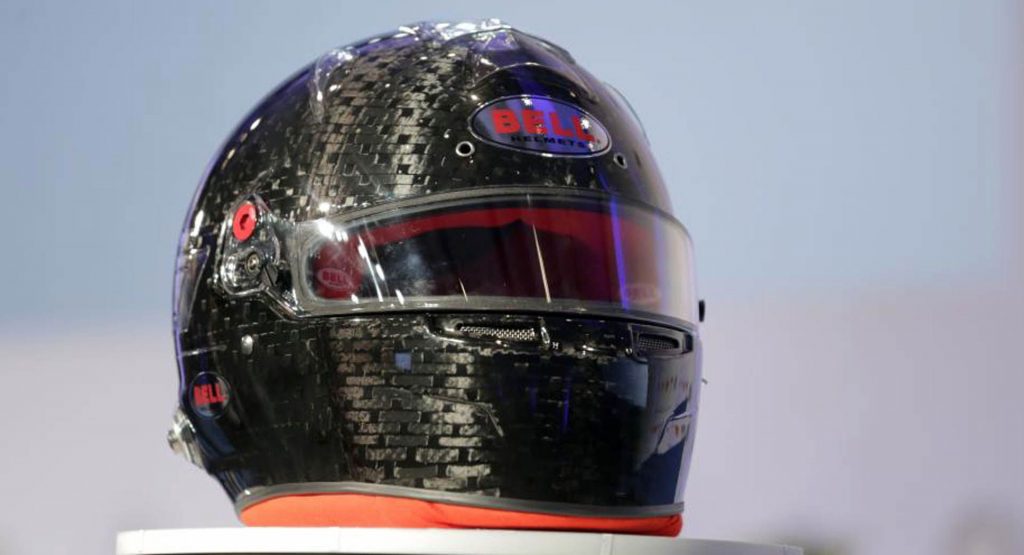The FIA may have instituted the “halo” protection device in F1 (and an array of other single-seater formulae), but the cockpit remains largely open. That leaves the helmet as arguably the most important safety feature protecting drivers in grand-prix racing. And now the motorsport governing body is introducing a new design that aims to offer an even higher standard of safety.
The result of over a decade of research with leading manufacturers like Bell, Stilo, Schuberth, and Arai, the new FIA 8860-2018 helmet standard promises better ballistic protection, energy absorption, and overall coverage. It was introduced yesterday at the FIA Sport Conference, held ahead the World Motor Sport Council meeting currently taking place in Pasay City on the outskirts of Manilla in the Philippines.
The helmet’s designed to withstand impact at 9.5 meters per second and 275 Gs of deceleration. It can deflect a 225-gram (half-pound) metal projectile at up to 250 km/h (155 mph), a 10-kilo (22-pound) weight falling from over five meters (16 feet), a 1.2-gram pellet fired from an air rifle at the visor, and a flame burning at 790 degrees Celsius (1,454 degrees Fahrenheit) – not name just a few of the rigorous new standards.
“The current top-end helmets are already the safest in the world but the new standard will take them to the next level,” said FIA safety director Laurent Mekies. “It is important for all of our safety research that we continually strive to improve and this is why we are requiring all manufacturers to meet this tougher standard for our championships.”
The new helmets will be mandatory in Formula One starting next season, and will then proliferate into other championships regulated by the FIA.



